TPW Magazine: Seeds of Hope
Monday, October 12th, 2015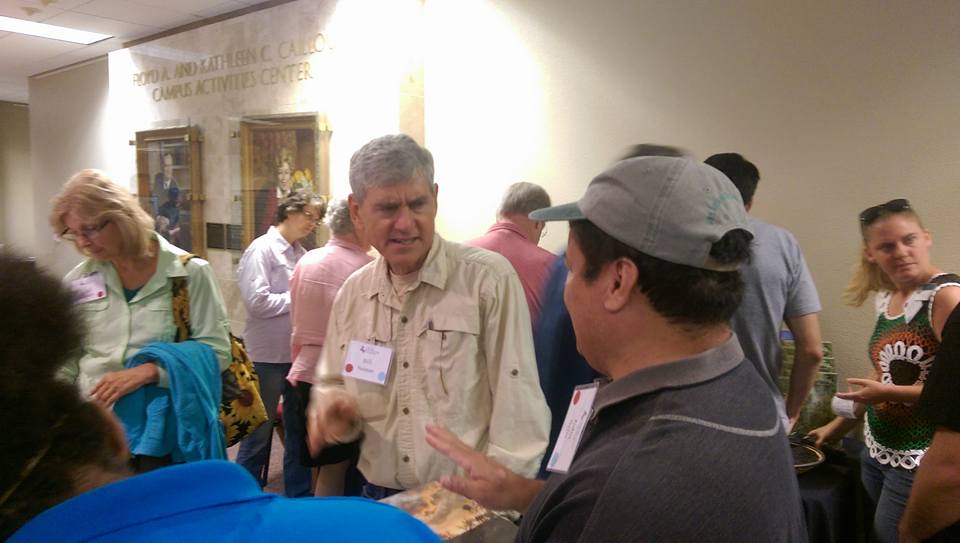
Bill Neiman talking to attendees of the Pollinator Pow Wow, Kerrville, Texas, September 2015. Photo: Cecilia Nasti
This is Passport to Texas
Bill Neiman [NEE-man] started saving native seeds and plants when he realized Texas had been losing its indigenous flora to development.
11- He’s truly a visionary in this area. And there were a few people around the state, and he and his wife Jan-in the mid to late 80s-made it a point to seek out these people.
Camille Wheeler wrote about Neiman for Texas Parks and Wildlife magazine. Neiman, who owned a landscaping business, watched non-native plants die without daily watering, when so-called native “weeds” thrived with nothing.
10-He just immediately made the connection: these non-natives are water hogs. He started looking for other people like him.
He found author and native landscaping expert, Sally Wasowski. They met in 1985 when Neiman attended a native plant conference where she gave the keynote.
18-She was challenging the audience. She said: where can we find native plants, and who can be trusted to grow them? And Bill Neiman–he didn’t even know he was going to do this–he just sprang to his feet and shouted out: I will do it! I have a nursery; I’m in Flower Mound, Texas and I’m converting the whole thing to native plants.
There’s more to this fascinating story, Seeds of Hope, by Camille Wheeler; find it in the October issue of Texas Parks and Wildlife magazine.
That’s our show for today… Funding provided in part by Ram Trucks. Guts. Glory. Ram
For Texas Parks and Wildlife…I’m Cecilia Nasti.

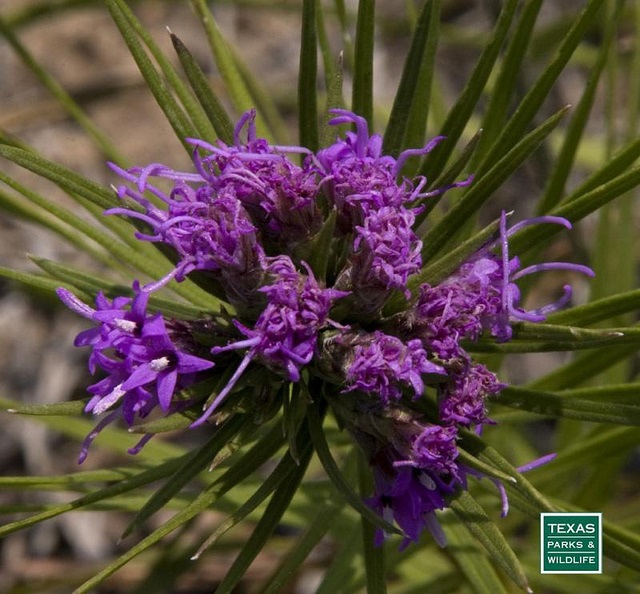
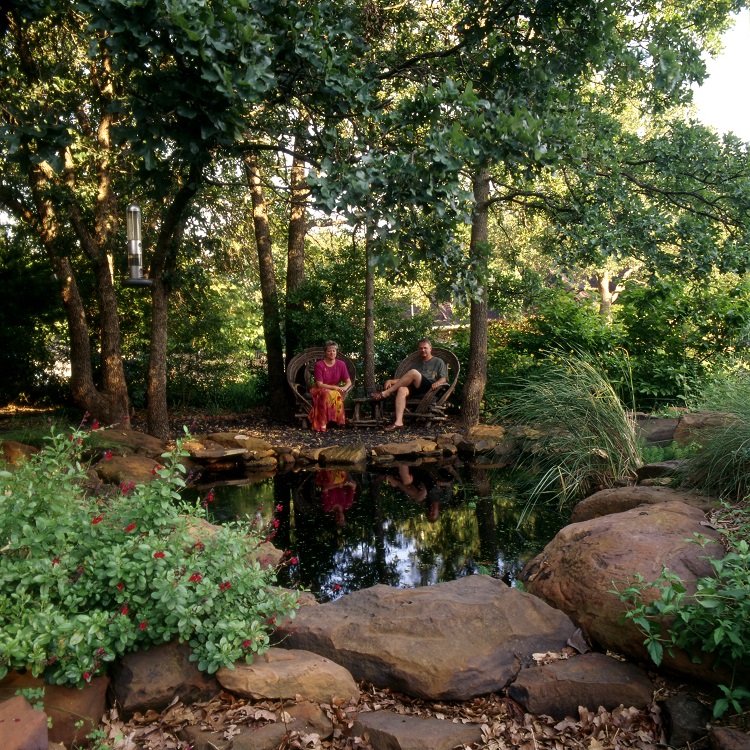
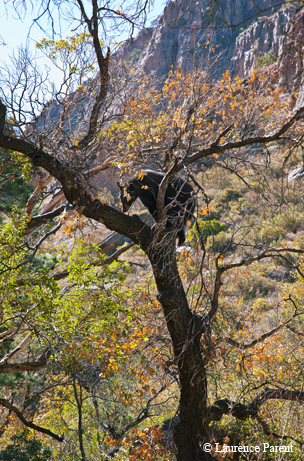
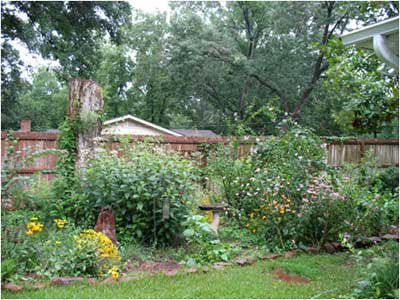

 Passport to Texas is a
Passport to Texas is a  Passport to Texas is made available by:
Passport to Texas is made available by: